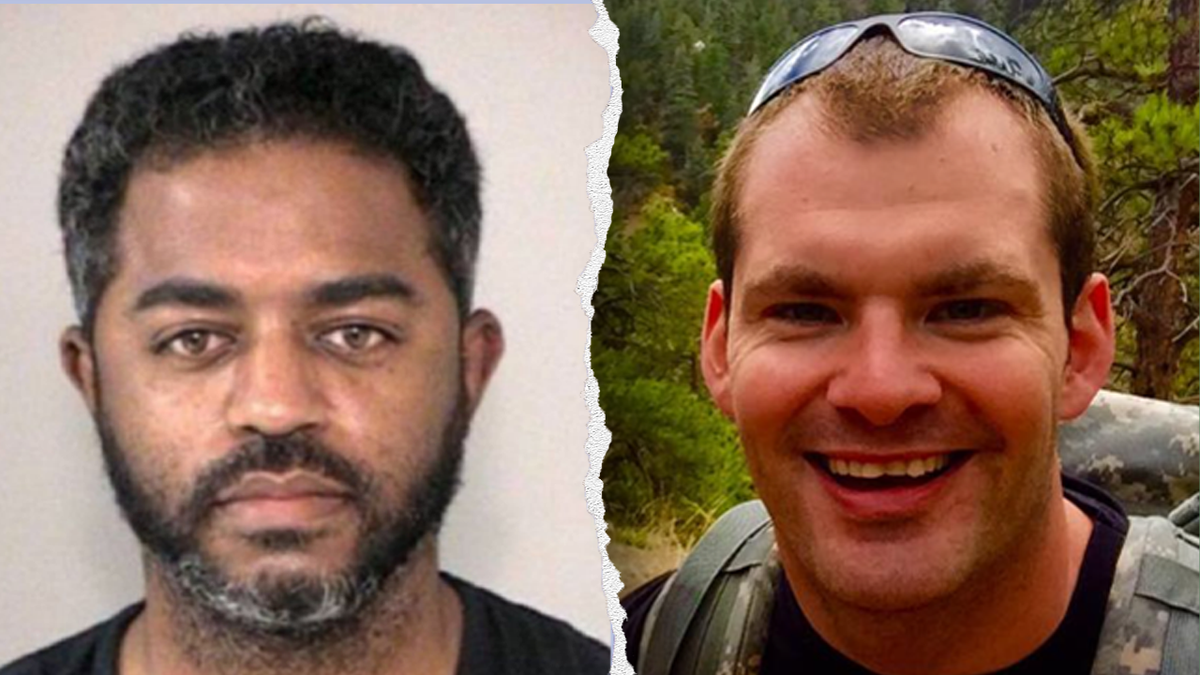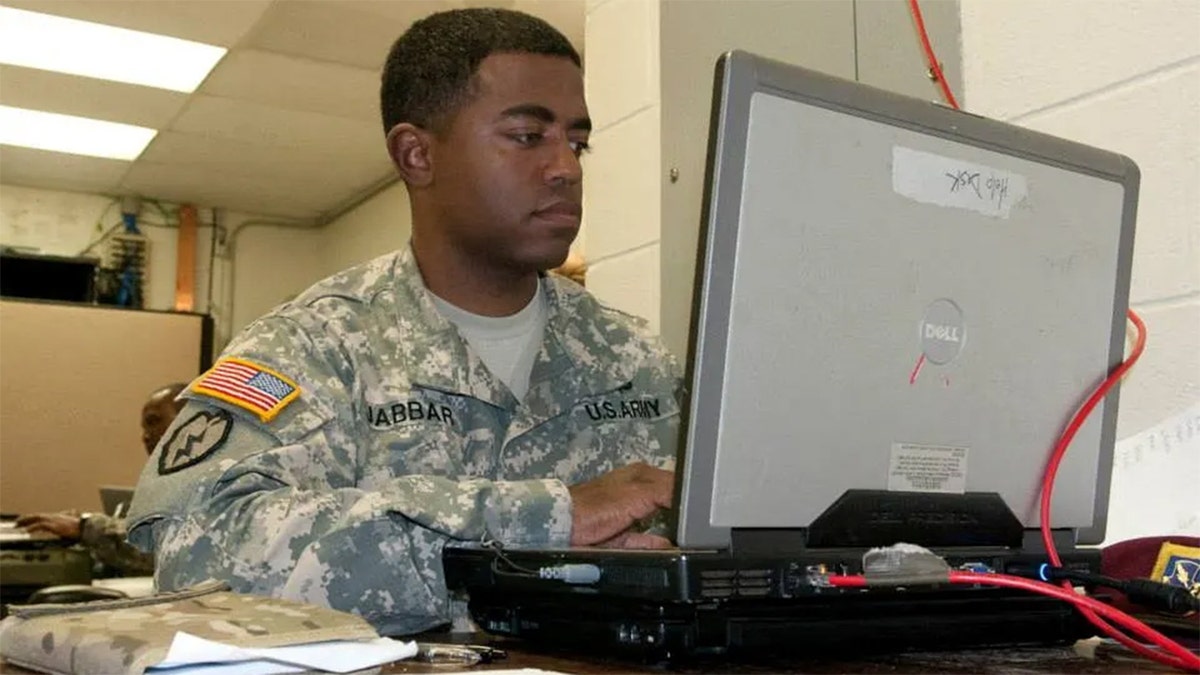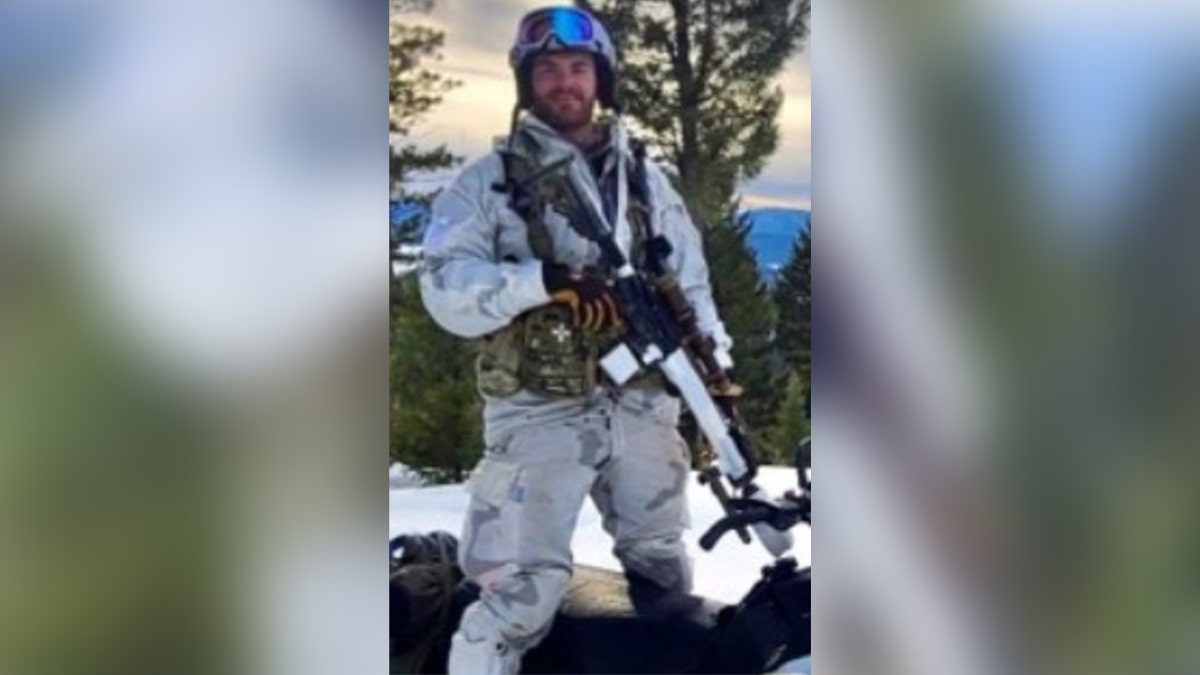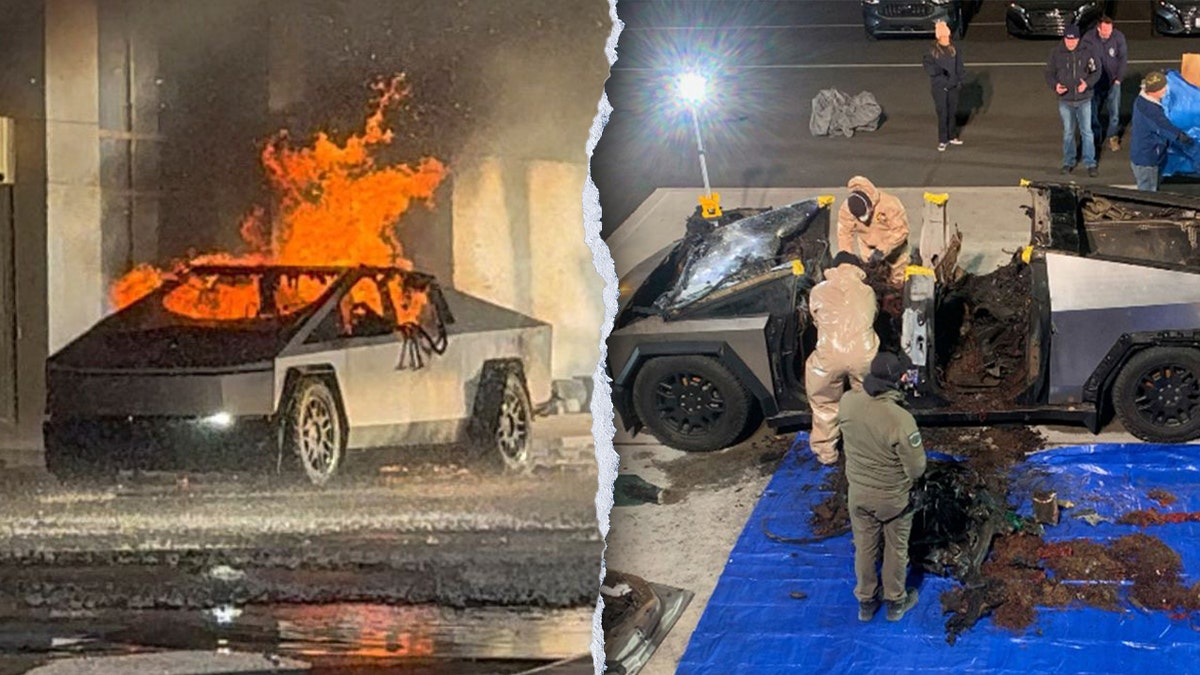Recent military records shed light on the backgrounds of Matthew Livelsberger and Shamsud-Din Jabbar, the suspects in the New Year's Day attacks in Las Vegas and New Orleans, respectively. While both served in the Army and were deployed to Afghanistan around the same time, newly released documents confirm they never served together.
On New Year's Day, Jabbar drove a rented truck bearing an ISIS flag into a New Orleans crowd, killing 14 and injuring dozens. Hours later, Livelsberger detonated a Tesla Cybertruck outside the Trump International Hotel in Las Vegas.

Despite initial speculation of a connection due to their shared military history, Army spokesperson Lt. Col. Ruth Castro clarified that their deployments to Afghanistan overlapped with those of approximately 100,000 other service members. Their time at Fort Bragg (now Fort Liberty) also coincided with a period when the base housed around 50,000 personnel.
The Army's released records detail each suspect's assignments. Jabbar served as a human resources specialist at Fort Richardson, Arkansas, from 2008 to 2010, with a deployment to Afghanistan from 2009 to 2010. Livelsberger was stationed with the 10th Special Forces Group in Germany from 2008 to 2010, with deployments to Afghanistan spanning parts of 2009 and 2010.

While both were subsequently stationed at Fort Bragg—Jabbar with the 1st 82nd Infantry Provisional from 2011 to 2015, and Livelsberger with the Student Support Battalion from 2012 to 2013—their paths did not cross in any significant way, according to the Army.

The FBI has found no evidence of terrorist connections for Livelsberger. Las Vegas police suggest his actions stemmed from PTSD and other personal struggles, citing a "manifesto" in which Livelsberger described his act as a "wake-up call" to a nation desensitized to violence.

In contrast, authorities believe the New Orleans attack was indeed terrorism-related. Jabbar, who had pledged allegiance to ISIS, was killed by police after opening fire on them.
Comments(0)
Top Comments